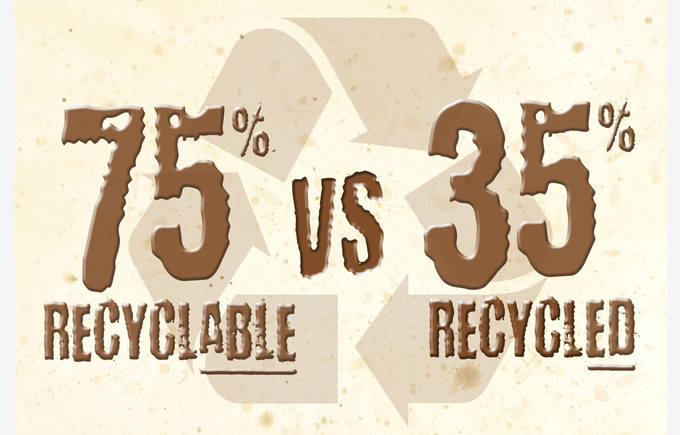

While many consider this disparity to be cause for alarm, it is also cause for optimism. The distance between 75% and 35% represents enormous opportunity. When considering these numbers, it’s helpful to remember that only a few decades ago, that number was considerably less than 35%.
The increase in recycling has resulted from many factors, including government policies and consumer pressures. Most importantly, that gap begins to shrink when all the factors come together—government policies, market opportunities, and practical equipment solutions.
It is also important to remember the percentage of “recyclable” material was once also much lower. In one sense or another, almost every material is recyclable. It’s largely a matter of how easily a material can be recycled that determines its classification as a waste material or a recyclable material. From this standpoint, pallets were once not recyclable, but pallets are now one of the biggest success stories in recycling. Likewise, even cigarettes butts are the focus of new innovative recycling projects.
The future of recycling will depend on an increase in both numbers.
